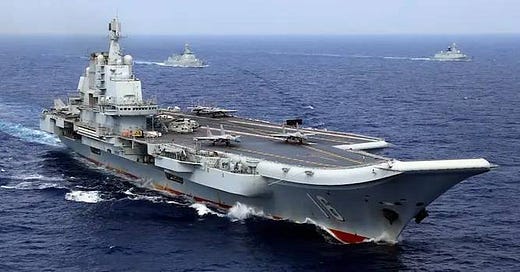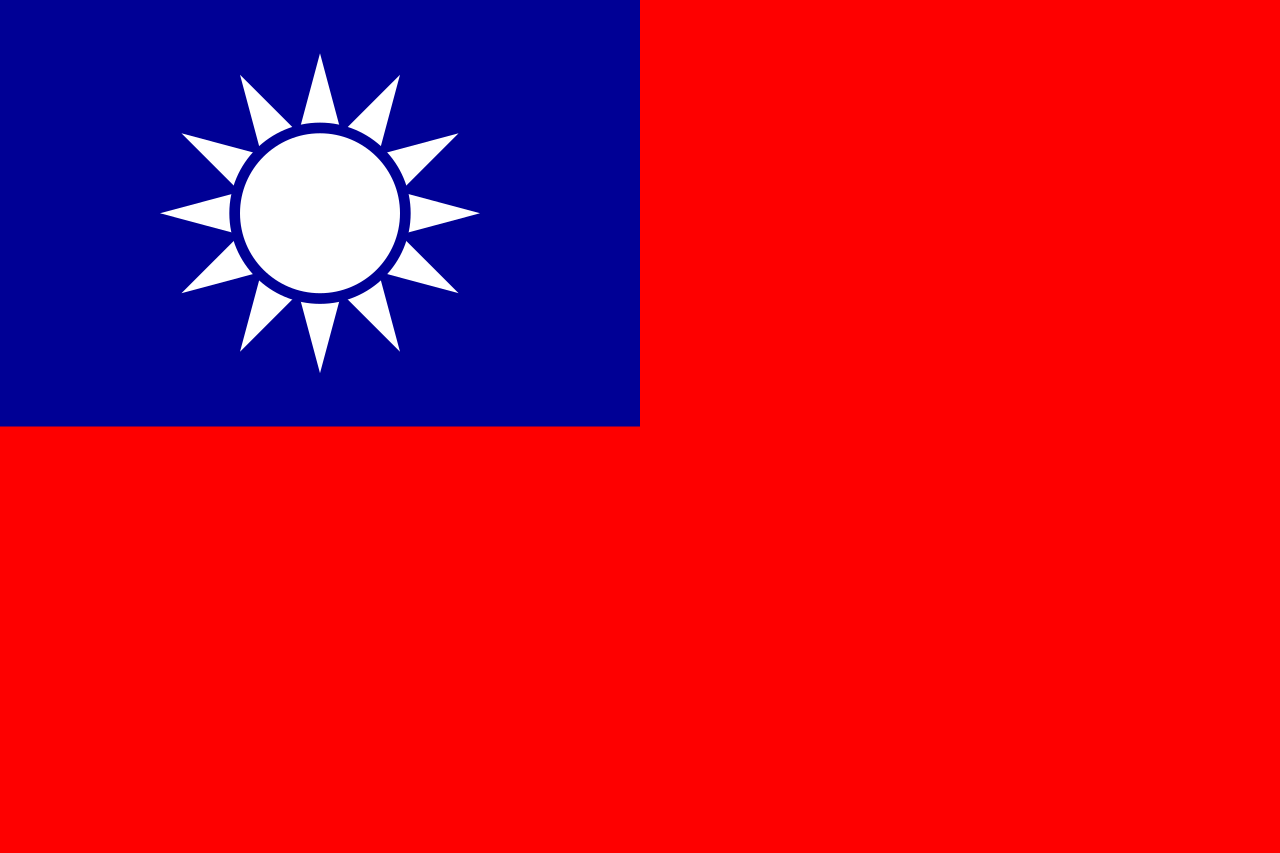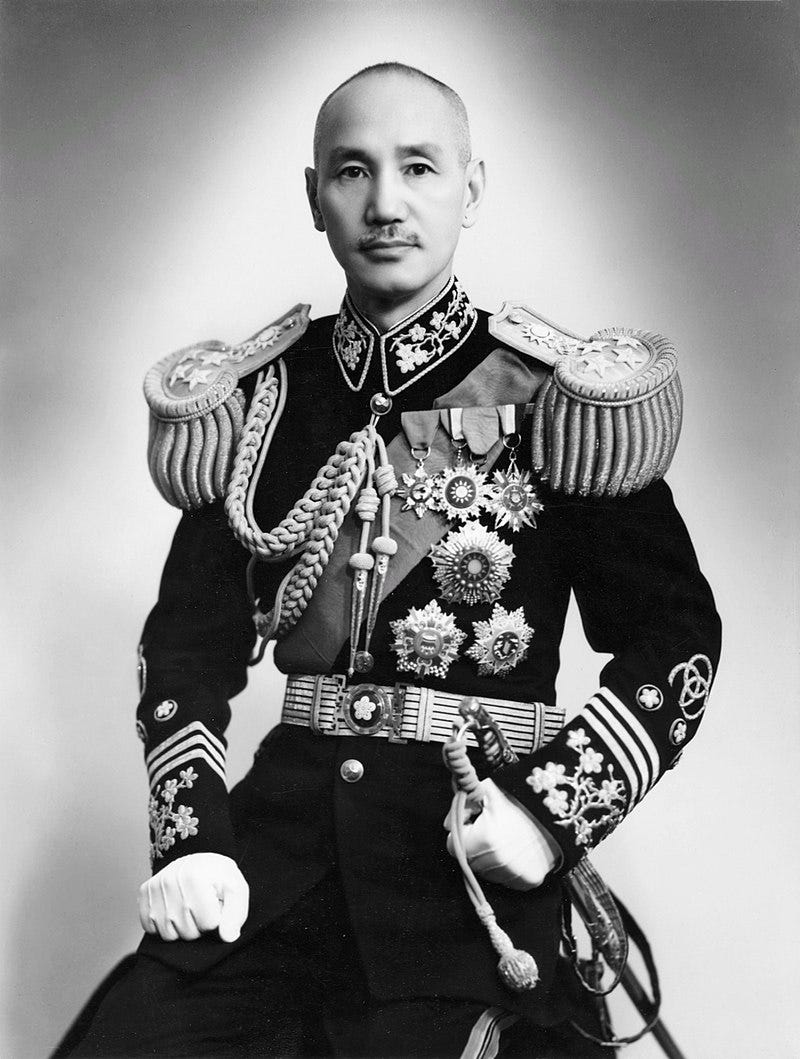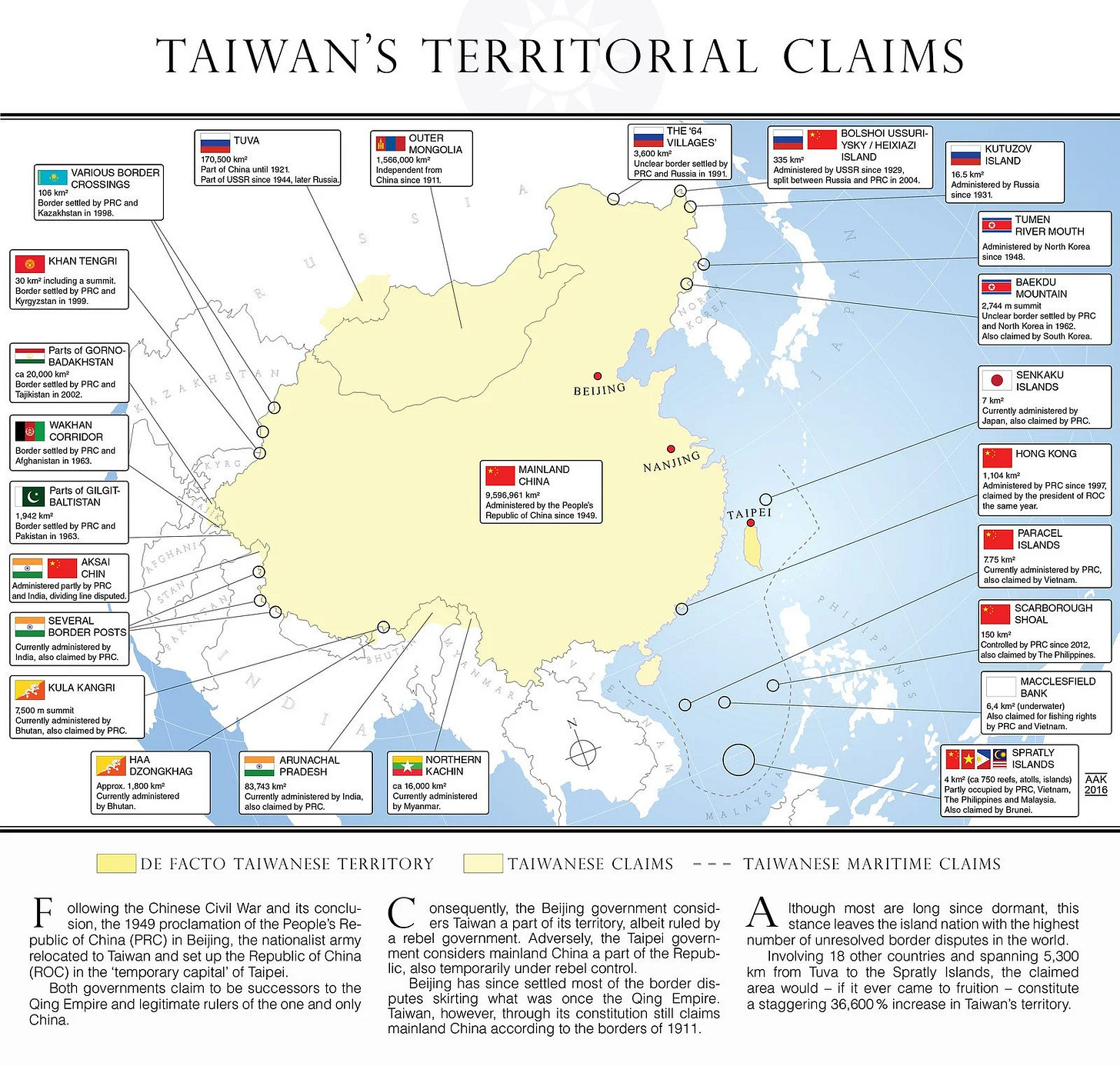Soaring Tensions - Why Does Pelosi's Visit to Taiwan Matter?
We might just be on the brink of another Russo-Ukraine situation.
Right Now
Chinese stocks are dropping due to fears of escalation while Chinese forces are mobilizing in Fujian Provence in mainland China adjacent to Taiwan. At the time of publication, US Speaker of the House Nancy Pelosi is expected to land in Taiwan any minute, making her the highest-ranking official to visit since 1997. In the past few hours, Taiwanese government websites have been hacked, American and Chinese aircraft carriers are active in the area and China has closed its airspace over the Taiwan straight. This is a serious deal for relations between the US and China, as China views Taiwan as a break-away state that must be brought back under the fold. Thus, China is vehemently opposed to Pelosi’s visit due to its strict policy of resisting anything that indicates recognition of Taiwanese independence. China claims it reserves the right to retake Taiwan by any means necessary. If China reaches a point where it believes peaceful reunification is no longer possible, under its own doctrine, China would take Taiwan by warfare.
Chinese aircraft carrier Liaoning in the western Pacific Ocean during a military drill in 2018. Image from Business Insider.
Roots of Each Side
To understand how things became this way, we have to dig back into history, back to the Chinese civil war, where the current government of Taiwan and China originate. After the collapse of the Qing Dynasty in 1911, the new Republic of China struggled to find a unifying leader, collapsing into a warlord period in 1916. The Nationalist Party (also known as the Kuomintang) would be founded in 1919, seeking to unify China. The Nationalist Party would gain assistance from the Soviet Union on the condition they collaborated with the Chinese Communist Party (CCP), which was a small study group at the time.
Flag of the Republic of China used by the Nationalist Party
Civil War - Nationalists, Communists, and the Rising Sun
As time went on, the Nationalist Party would purge members in the CCP from its ranks as it came to oppose communism and gain success, no longer needing the CCP. The Nationalist party would nominally unify China in 1928. However, a year earlier in August 1927, the CCP had already begun movements to revolt. As time went on, the two factions would fight each other in civil war until 1937, agreeing to work together to stop the invading Japanese from conquering a fractured China. The alliance was only in name, as infighting continued while the Japanese invaded. When World War II concluded, the two sides properly focused on each other, with the Communists ending up pushing the Nationalists out of mainland China in 1949.
Chiang Kai-shek, the former leader of the Nationalists who led the Republic of China’s retreat to the island of Taiwan.
Cold War
The civil war simmered on during the Cold War era as a military standoff. The United States was more than willing to support Taiwan, as it offered an alternative to communism in China. This has led to numerous arms deals between the two, and largely stands as the reason why China has yet to take Taiwan. Taiwan was able to claim its position in the UN as the representative of China until 1971. Taiwan's loss of international recognition led to its ostracization by the international community. Due to China's growing economic and military power, it can threaten other countries into pretending Taiwan does not exist. Western allies play a game of pretending Taiwan does not exist by using China's preferred terminology so they get the benefits of trade with China, while in reality, also making trade deals, having diplomatic relations, and making arms deals with what China likes to call, ‘Chinese Taipei’.
Flag of the Chinese Taipei Olympic Team. Taiwan’s lack of international recognition has led to it using this flag in the Olympics instead of its official flag to not upset China. Taipei refers to the capital of Taiwan, instead of the nation itself.
‘One China’
The civil war officially ended in 1991. This was followed by Taiwan transforming from a nationalist dictatorship into a democracy, holding its first free election in 1996. However, things are far from over, as the two countries heavily dislike the other. The only thing they can agree on is the one-China policy. This policy is the idea there can only be one China, and there is only one China. Thus, the Communist party in mainland China calls itself the People's Republic of China (PRC), while the Taiwanese government calls itself the Republic Of China (ROC). Thus, the PRC claims they also own Taiwan, and the ROC claims they also own mainland China. Both agree China is united as one (when it clearly isn't), they just disagree on who administers China. Both agree they will not seek independence from each other because there ‘is only one China’.
Map illustrating the ROC’s territorial claims, such as claims stretching from mainland China, to Mongolia, Hong Kong, or even backing up the PRC’s many border disputes with India, Bhutan, or the South China Sea. Because of this, the ROC currently holds the record for highest number of unresolved border disputes. Image by Reddit user u/PisseGuri82.
Two China’s?
Since Taiwan's democratization in 1996, there are increasing calls within Taiwan for the ROC to stop playing this game of pretending to be China and instead go for independence. People in Taiwan are increasingly considering themselves exclusively Taiwanese, instead of Chinese, or a mix of both. The youth in particular have a disdain for China and its authoritarian government. These beliefs however are difficult to bring to reality, as a move for independence would likely result in Chinese action that could tie in America. Plus, America has also committed itself to the one-China policy, leaving American support for independence up in the air.
The current geopolitical situation of land owned by each side. Image from Wikipedia.
This is why Pelosi’s visit is such a big deal. It's not just a signal of recognizing the ROC, but also potentially paving the way for American abandonment of the one-China policy in favor of independence. Importantly, the Nationalist party was the backbone willing to protect the one-China policy in Taiwan. Currently, the Nationalists are not in power. Instead, the Democratic Progressive Party (DPP) is. The DPP does not support the one-China policy, and instead supports the idea that Taiwan is an independent nation under the name of the ‘Republic of China’, making a formal declaration of independence unnecessary in their view. The DPP is willing to play the political game of being the ROC, thus not upsetting China by declaring independence. In practicality, support is strong within the party to distinguish Taiwan as a unique people and nation to support a Taiwanese national identity, getting as close as possible, but not actually crossing the red line of moving for independence.
Mainland China’s Perspective
From China’s perspective, there is a lot to lose. Due to America’s series of allies along the Chinese coast, if America were to enforce a naval blockade, Chinese control of Taiwan would poke a hold in this barrier. Plus, due to Taiwan's proximity to China, the island basically acts as an aircraft carrier that could be used in war to threaten the mainland. Although these scenarios are unlikely, they are worth considering for China if it wants to uphold its national security and assert itself as a global superpower.
Map highlighting the first island chain which could be used by America and its allies in Japan, Taiwan, and the South China Sea to impose a naval blockade. Image from Google Maps.
Looking domestically, for Chinas President Xi Jinping, he has an upcoming leadership review later this year by the CCP Congress. Failure to look tough on Taiwan would certainly provide an opportunity for his critics in the party to jostle his position. Taiwanese independence would also set a difficult precedent for China to swallow. China’s current control of Tibet and the Xinjiang regions could be contested, as official Taiwanese independence could inspire copycat movements in China’s west.
Map highlighting the regions of Xinjiang and Tibet in blue. Image modified from Wikipedia.
Preview image from Business Insider.
Have a question about something in the news? Shoot me an email and I might answer it in a future article!










